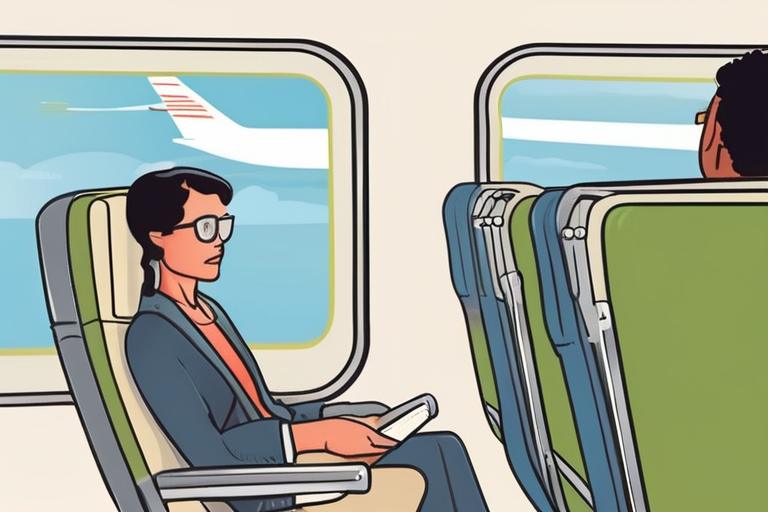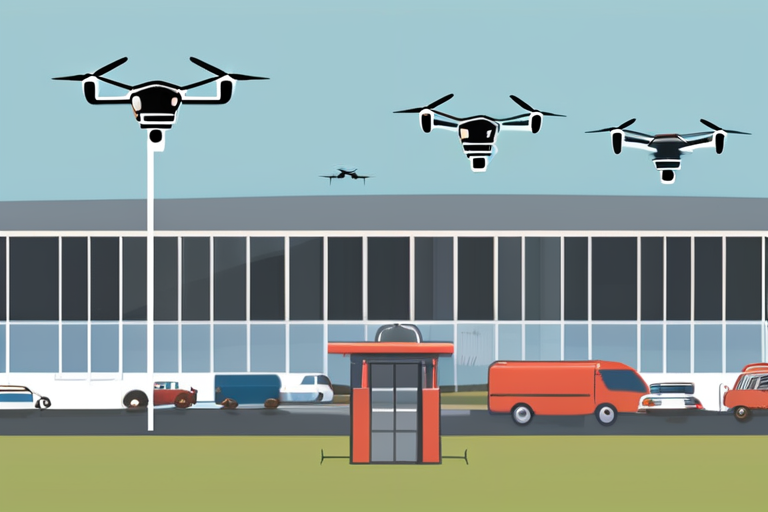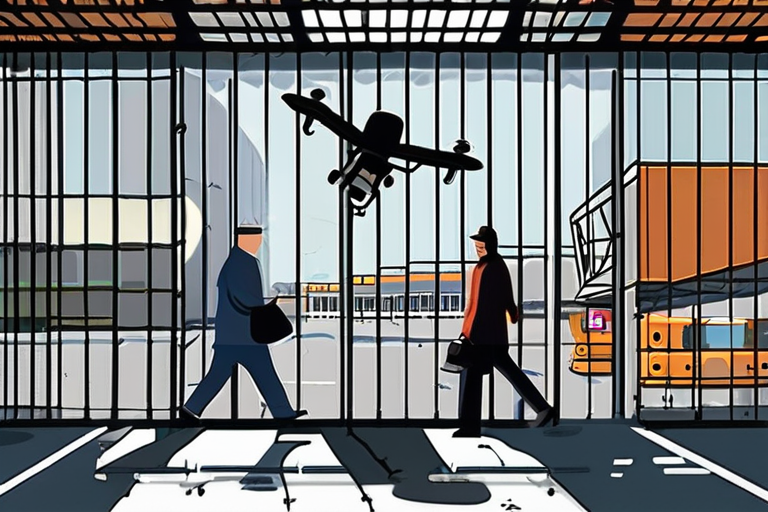Fear of Flying: Expert Tips to Conquer Aerophobia
A staggering number of people around the world suffer from aerophobia, a fear of flying that can be debilitating and limit travel opportunities. According to Dr. Regina Lazarovich, PhD, Clinical Psychologist and Founder of Compass CBT, approximately 13% of the population has an extreme fear of flying, while about 3.5% experience a full-blown specific phobia.
To combat this common anxiety, experts recommend practicing cognitive behavioral therapy (CBT) skills. Dr. Lazarovich emphasizes that avoiding engaging in feared activities only exacerbates anxiety over time. "It's essential to change distorted beliefs about the dangers of flying," she notes. "Seeking out corrective information, such as the extremely low chances of dying in an airline accident (around 1 in 10 million), can be a game-changer."
Dr. Lazarovich also suggests practicing exposure therapy by facing situations that trigger anxiety, such as watching videos of flights or visiting airports. This approach has shown promising results for individuals struggling with aerophobia.
The prevalence of fear of flying is not limited to any particular demographic or socioeconomic group. However, research suggests that women and those from lower-income backgrounds may be more likely to experience aerophobia. "Fear of flying can have a significant impact on one's quality of life," says Dr. Lazarovich. "It's essential to address this issue through education, support, and evidence-based treatments."
In recent years, the travel industry has taken steps to accommodate passengers with anxiety disorders. Many airlines now offer calming amenities, such as meditation rooms and soothing music playlists. Additionally, some airports have implemented relaxation areas and stress-reduction programs.
While these initiatives are a step in the right direction, experts emphasize that addressing aerophobia requires a more comprehensive approach. "We need to shift the conversation from 'fear of flying' to 'flying with confidence,'" says Dr. Lazarovich. "By promoting education, awareness, and support, we can empower individuals to overcome their fears and enjoy travel without anxiety."
As the world becomes increasingly interconnected, it's essential to address aerophobia and other travel anxieties. By doing so, we can promote a more inclusive and accessible travel experience for all.
Background:
Fear of flying is not a new phenomenon, but its prevalence has increased in recent years due to various factors, including rising air travel demand and growing awareness about anxiety disorders. The International Air Transport Association (IATA) estimates that approximately 20% of passengers experience some level of fear or anxiety when flying.
Additional Perspectives:
Dr. Sarah Jones, a psychologist specializing in anxiety disorders, notes that aerophobia can be linked to broader societal issues, such as climate change and technological uncertainty. "Fear of flying is often a manifestation of deeper anxieties about control and safety," she says.
In response to the growing demand for travel anxiety support, several organizations have launched initiatives to promote relaxation techniques and stress management strategies. The Travel Anxiety Support Group (TASG) offers online resources, workshops, and one-on-one coaching to help individuals overcome their fears.
Current Status:
While there is still much work to be done in addressing aerophobia, experts are optimistic about the progress made so far. "We're seeing a shift in the way we approach anxiety disorders," says Dr. Lazarovich. "By promoting education, support, and evidence-based treatments, we can empower individuals to overcome their fears and enjoy travel without anxiety."
As the world continues to evolve, it's essential to prioritize mental health and well-being in the context of air travel. By doing so, we can create a more inclusive and accessible travel experience for all.
Next Developments:
In the coming months, several airlines will launch new initiatives aimed at reducing travel anxiety. These include relaxation rooms, calming amenities, and stress-reduction programs. Additionally, researchers are working on developing innovative treatments for aerophobia, including virtual reality exposure therapy and mindfulness-based interventions.
By staying informed about the latest developments in this field, we can better understand the complexities of aerophobia and work towards creating a more supportive environment for individuals with anxiety disorders.
*Reporting by Forbes.*



 Hoppi
Hoppi

 Hoppi
Hoppi

 Hoppi
Hoppi

 Hoppi
Hoppi

 Hoppi
Hoppi

 Hoppi
Hoppi











